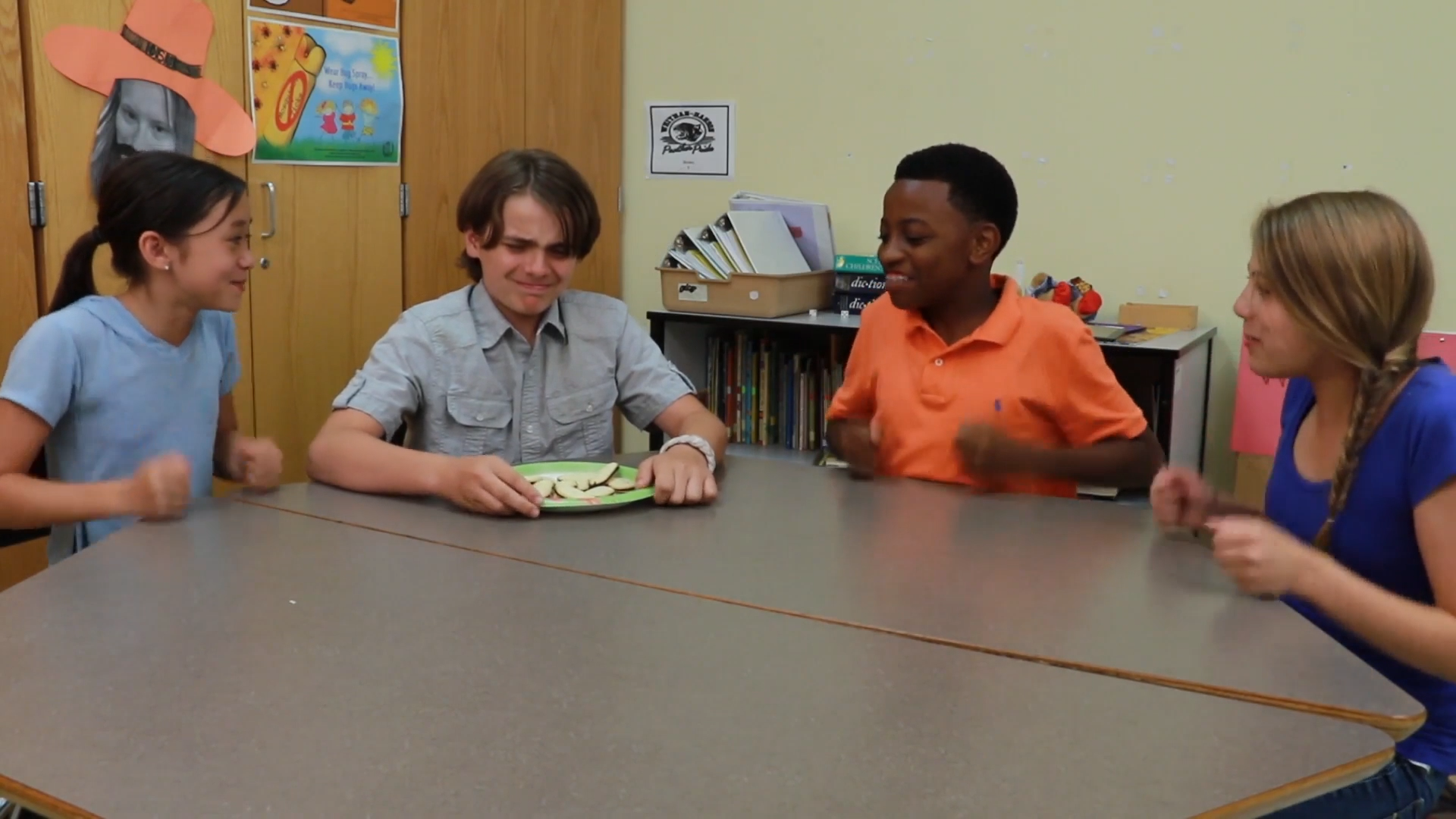
Introduction
Peer pressure is a common experience for students in elementary school. It occurs when classmates or friends try to influence someone’s decisions or actions. While some instances of peer pressure may be harmless, others can lead to negative consequences, such as getting in trouble, hurting oneself or others, or demonstrating bad behavior. As educators, it’s crucial to teach students how to recognize and handle peer pressure in a healthy and constructive manner. This blog post will provide an overview of peer pressure, a no-prep activity to help students develop their skills, discussion questions, and related skills to explore further.
No-Prep Activity
The “What Would You Do?” activity is an excellent way for students to practice handling peer pressure situations without requiring any preparation or materials. To begin, the educator will present various scenarios that involve peer pressure to the students. For each scenario, students will have to think about what they would do in that situation and share their responses with the class. This exercise helps students practice saying “no” and acting confidently in the face of peer pressure, while also allowing them to learn from their peers’ experiences and strategies.
Discussion Questions
- How does it feel when someone tries to pressure you into doing something you don’t want to do? How can you handle these feelings?
- What are some strategies you can use to say “no” to peer pressure confidently?
- Why is it important to stand up to peer pressure, even if it means going against the group?
- How can you support a friend who is facing peer pressure?
- What are some signs that someone may not be a good friend if they constantly pressure you?
Related Skills
Beyond handling peer pressure, there are other valuable skills for students to develop in the realm of social-emotional learning. Some of these skills include:
- Assertiveness: Learning to express one’s thoughts and feelings effectively and respectfully.
- Empathy: Understanding and sharing the feelings of others.
- Conflict Resolution: Developing strategies to address and resolve disagreements.
- Decision-making: Making informed choices based on personal values and beliefs.
- Self-awareness: Recognizing one’s own emotions, strengths, and weaknesses.
Next Steps
Teaching students how to handle peer pressure is a vital component of social-emotional learning. By incorporating the activity and discussion questions in this blog post, educators can help students develop the skills they need to navigate challenging social situations with confidence. To access more resources and sample materials for teaching social-emotional learning skills, sign up for free samples at https://everydayspeech.com/sample-materials/.

